
Den niende Momentumbiennalen med undertittelen Alienation åpnet i går for pressen. Under pressekonferansen fungerte en videorobot som konferansier; den informerte om utstillingen, introduserte talerne, og avbrøt dem tvert idet de gikk tom for den tilmålte tiden, alt på et gebrokkent maskinopplest engelsk. Det skulle handle om teknologi og fremtid. Biennalen virker også å rette fokus mot interdisiplinære kunstnere, og én av dem er tyrkiske Pinar Yoldas som har bakgrunn i arkitektur, design, biologi og nevrovitenskap.
Yoldas stiller ut en større installasjon i Momentum kunsthall, men da jeg møtte henne ventet hun fortsatt på en lastebil med kunst på vei fra Sverige, som hadde stått fast på grensen.
In your work you design new creatures. At Momentum, you work deals with the great plastic garbage patch, and then organisms that can live off of plastic?
Yes, exactly the plastic trash vortex. But organisms that can live off of plastic are not really a novel idea. I started thinking about this when I moved to Los Angeles and learned of the floating nexus of plastic waste. First I started doing research out of curiosity. I found interviews with captain Charles Moore, who discovered the garbage patch; he said the ocean had turned into soup, a plastic soup. But oceans have been a soup before. Like 3.8 billion years ago it was a primordial soup. Only now, the primordial soup has plastics in it. And I thought, what if new life forms evolved out of this?
I read research and I started thinking about different life forms, like insects, smaller creatures, birds; every organism that has been affected by plastics. I also reached out to scientists, and very soon I realized that there are bacteria that evolved and live off of plastic. And if the bacteria are there, then other creatures are possible too. And because I took this very seriously, I didn’t want to make it into an art work, I was really thinking about how this ecosystem would live.
When you design creatures that can eat plastic, is that like a solution to the plastic problem? What do you envision the world to be like in the future?
This has been asked of me before. My creatures are equipped with organs so they can survive harsh plastic environments. They love plastic. They’re made of plastic. I was critiziced for offering a solution and to give people a reason to continue their consumption. But honestly, where do I actually give a timeline? Do you realize that in this ecosystem there are no humans around? Why do we always insert ourselves in life? Evolution is a very long lifecycle unless you hijack it, and I approached this project by looking at a time when we are not around anymore. I’m not really offering a solution, I am not saying you should keep your lifestyle. But I am also not saying we should go back to basics. The problem, I think, is imperceptibility.
Did you think of this through the topic of alienation?
Well, I didn’t have that especially in mind when working towards the exhibition. But my first introduction to the concept was through Marx, and I was very young. And now, thinking about imperceptibility for instance, that’s also like an alienation of your impact on other things. You said that you are not throwing a bag in the ocean, but how does it get there? We’re distanced and removed from this. And I think this really captures one of the core problems with our contemporary culture right now: this distance between the things we do, the things we perceive, and then the impact of our actions.
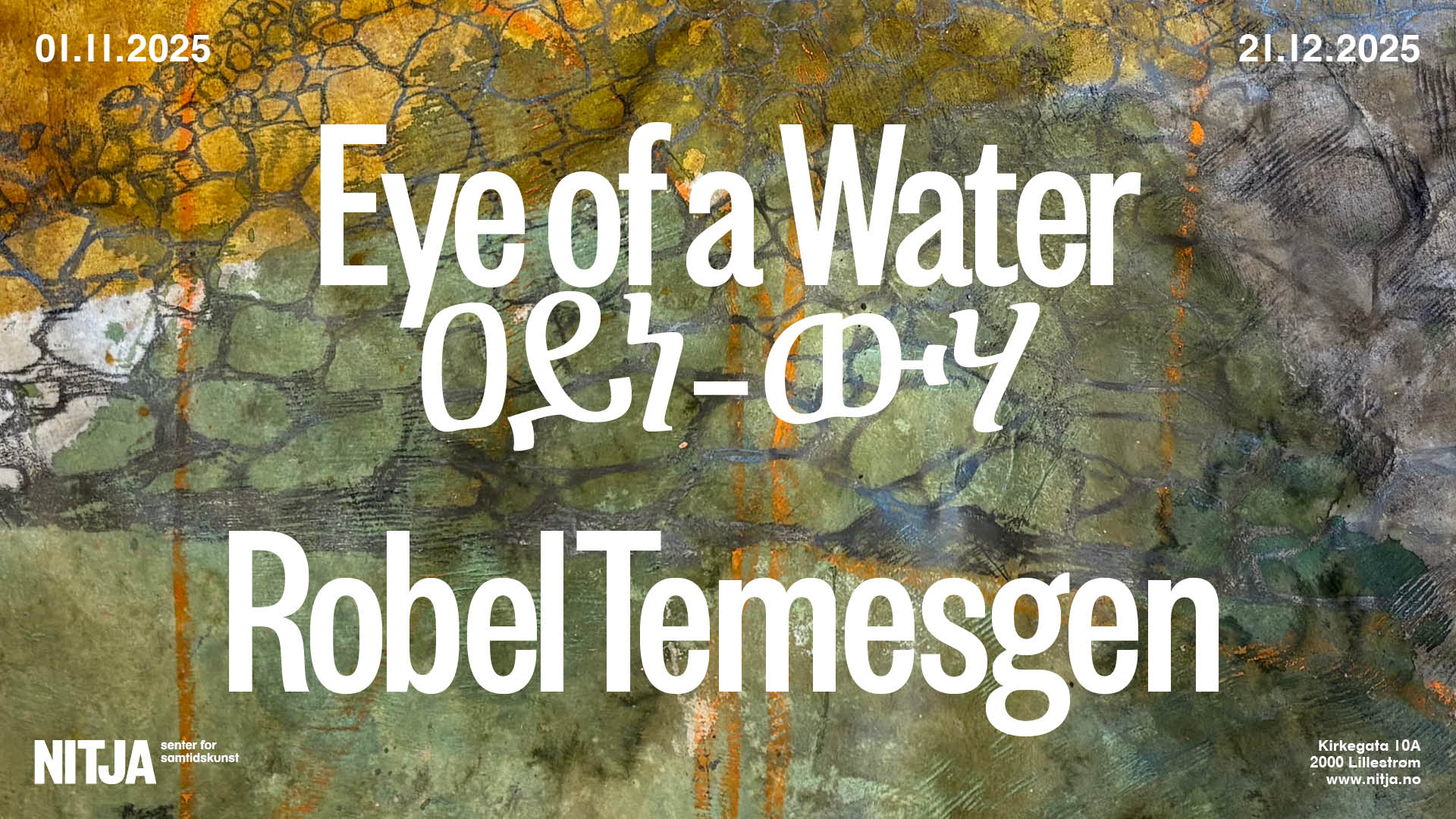



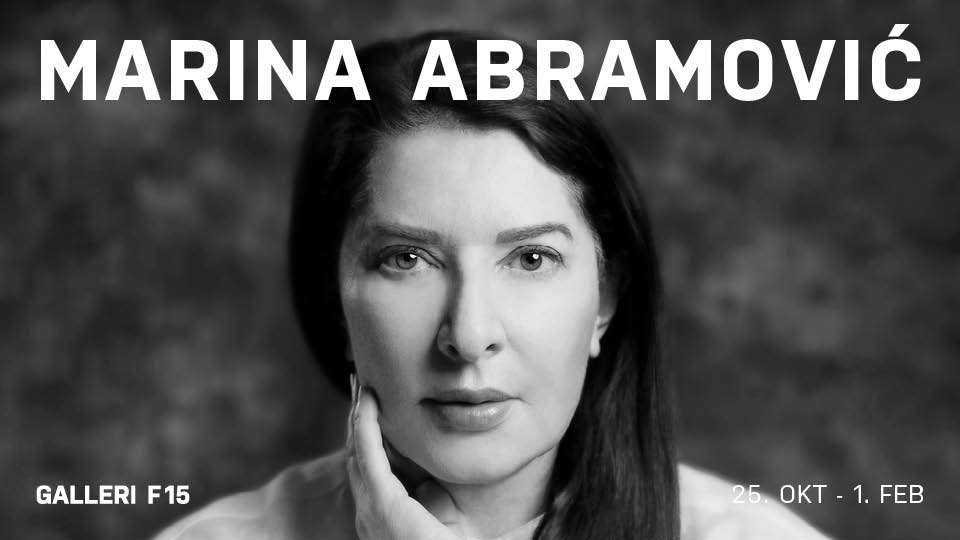
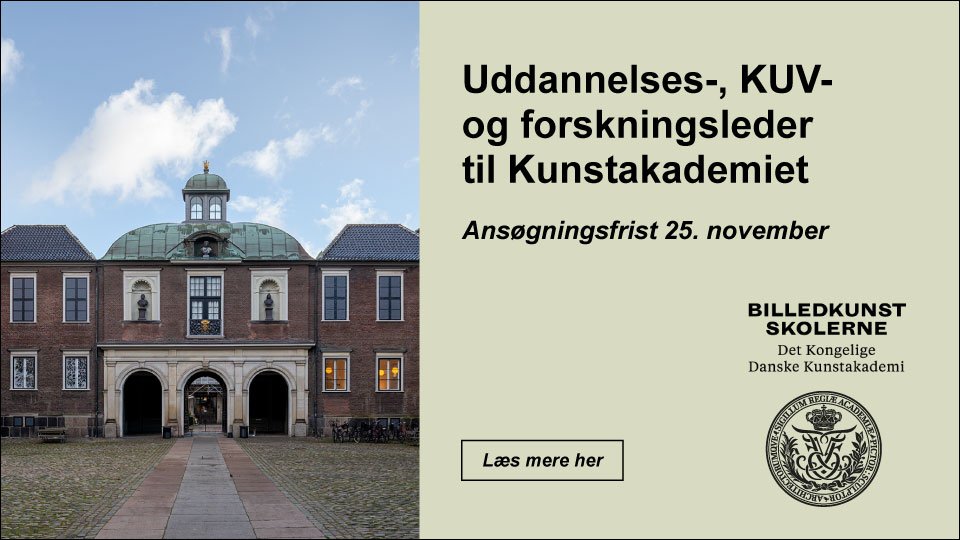
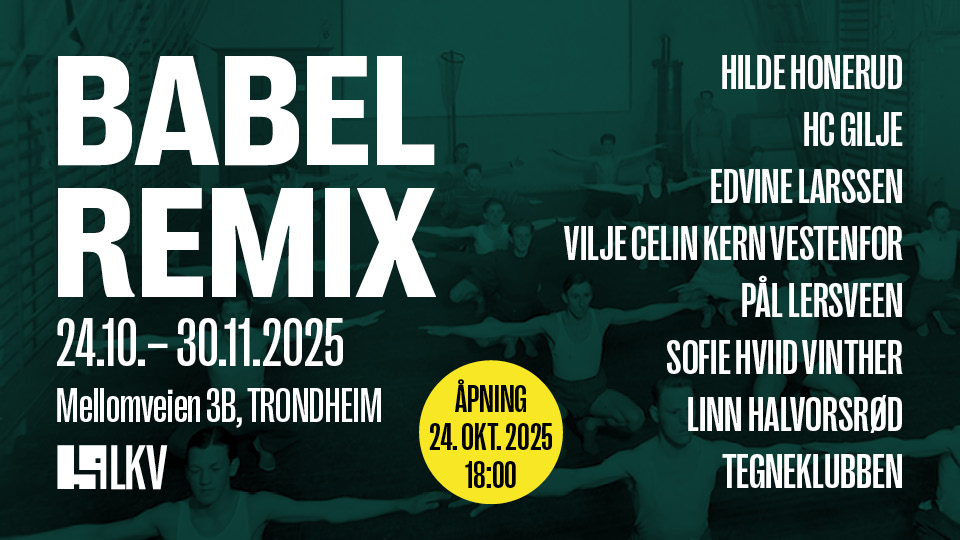
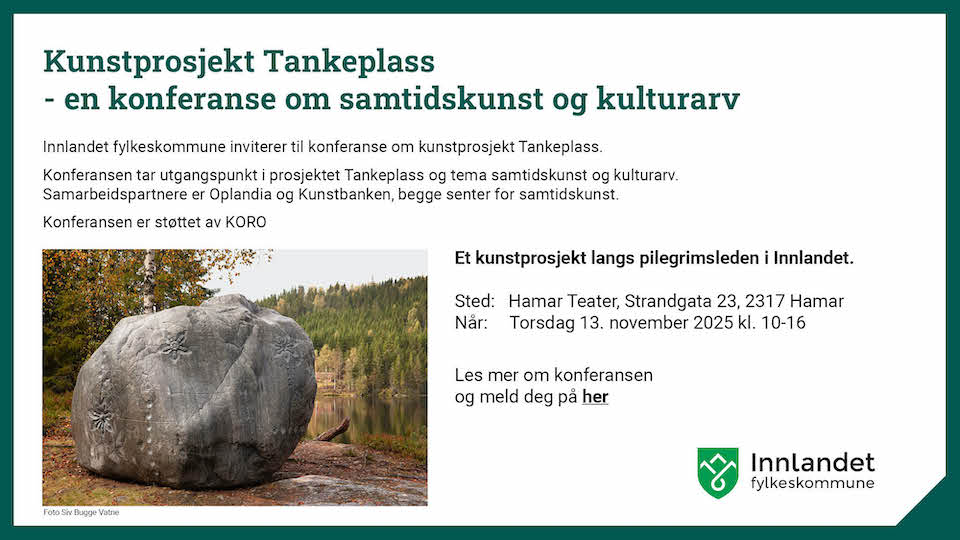
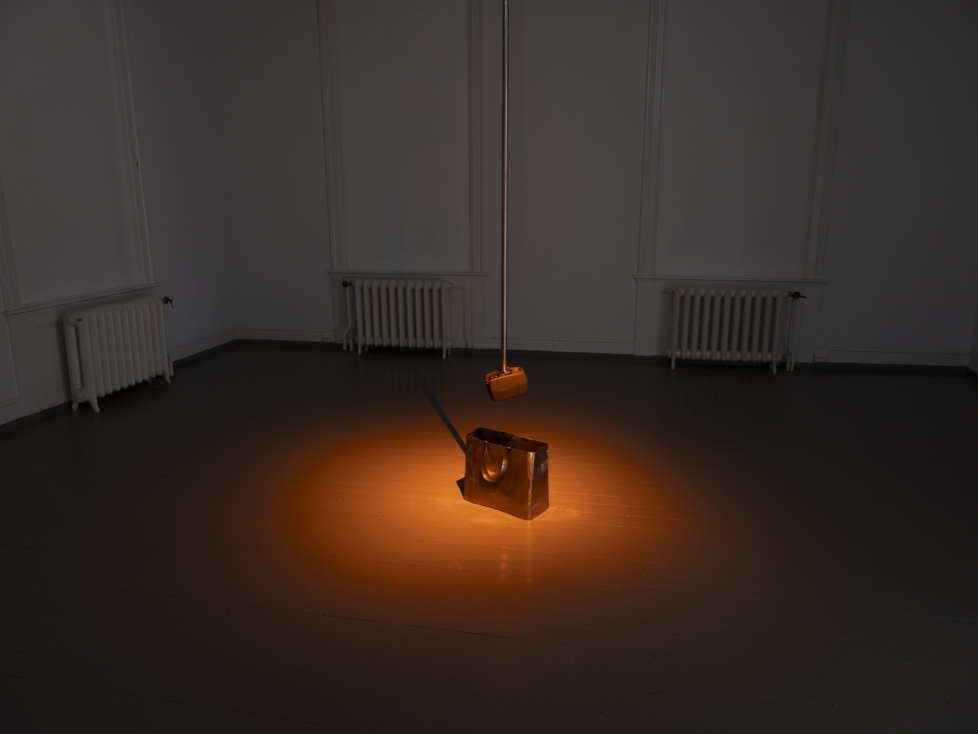
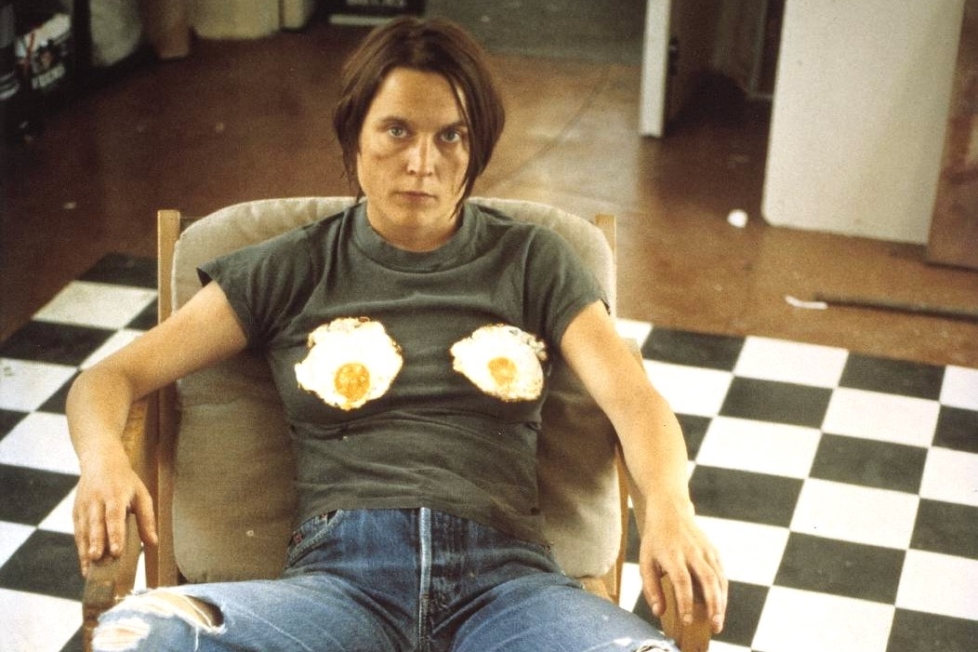
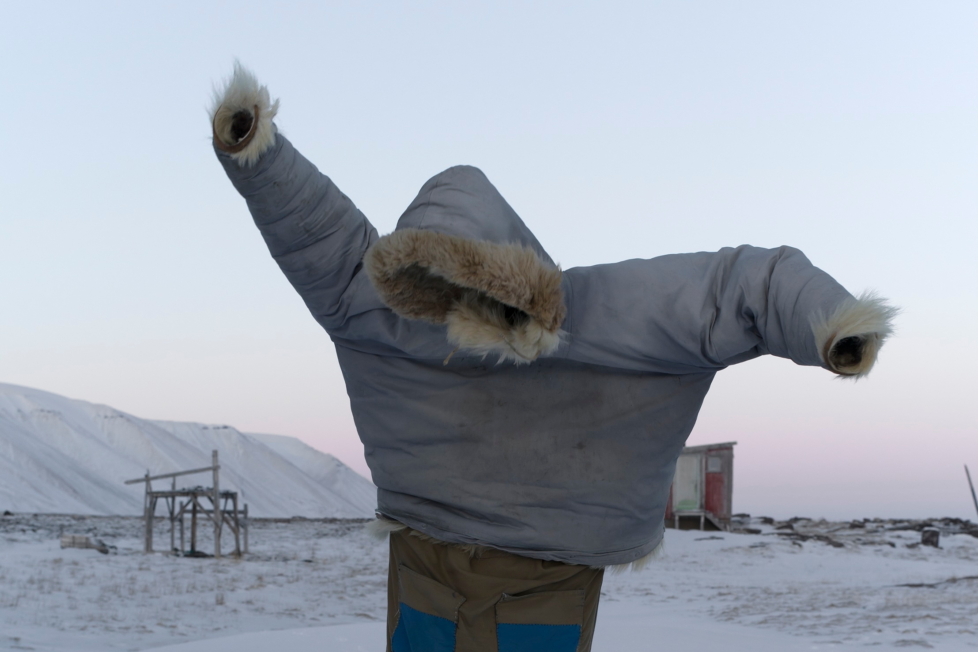
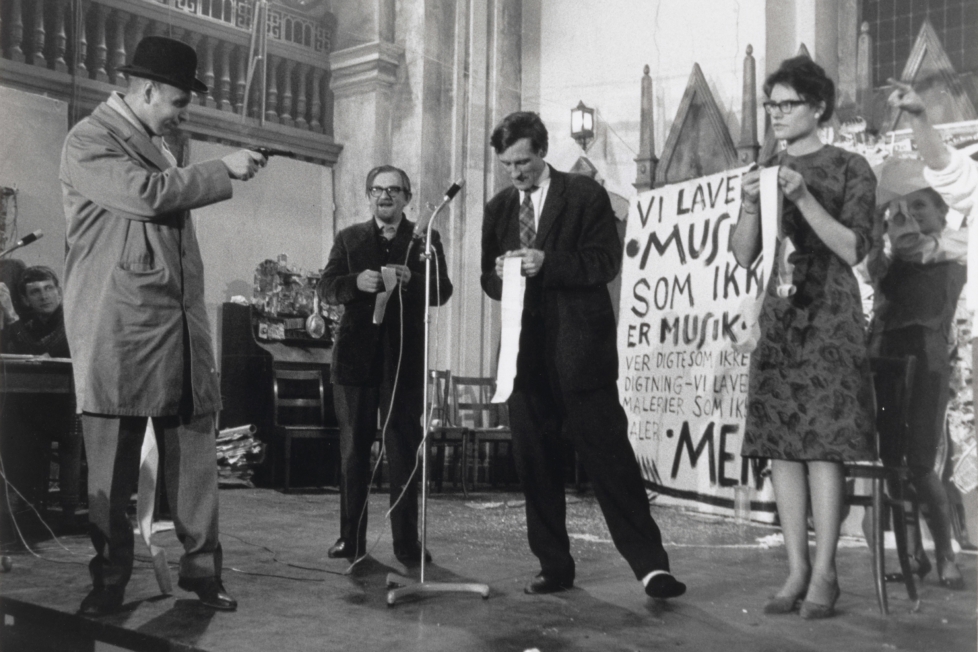
Leserinnlegg